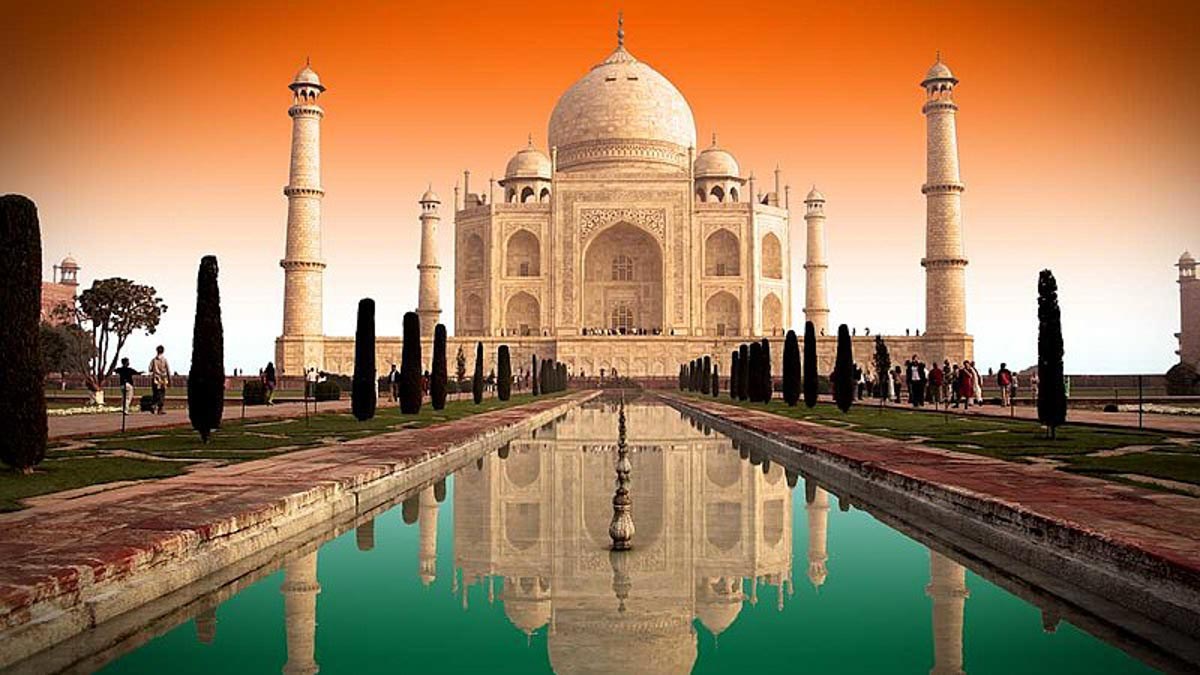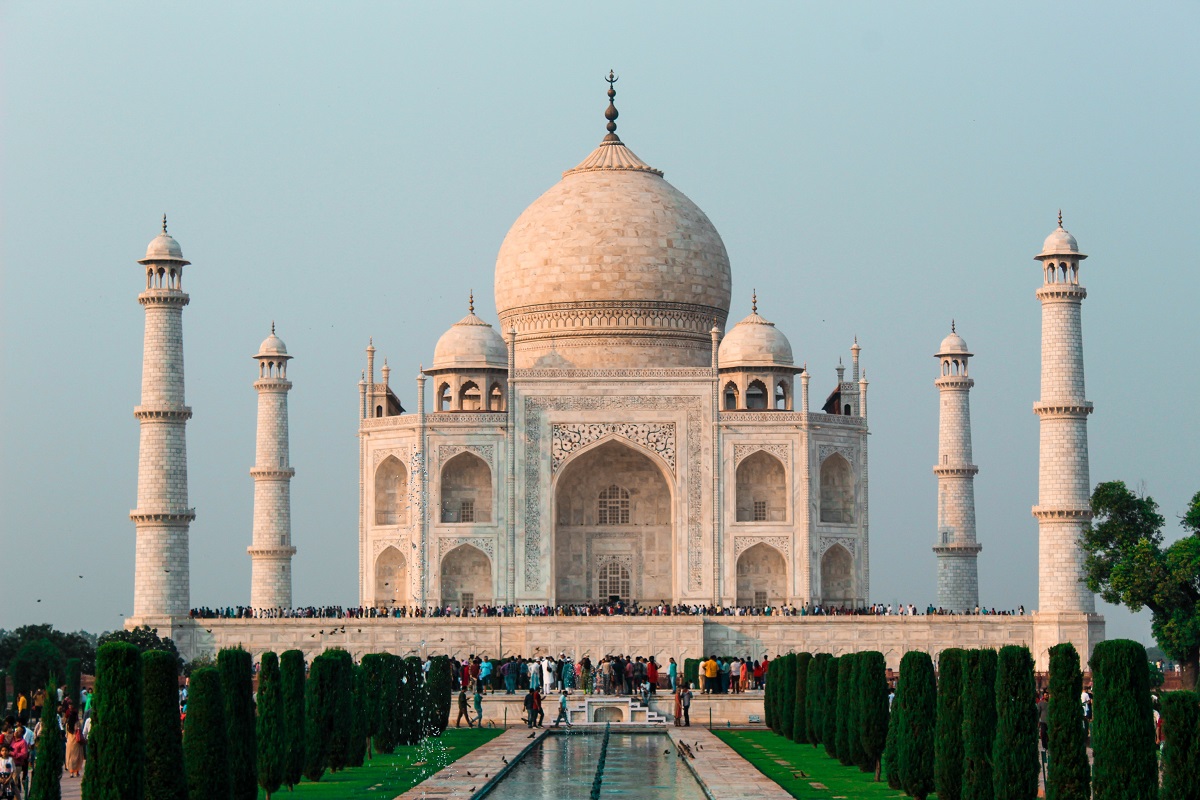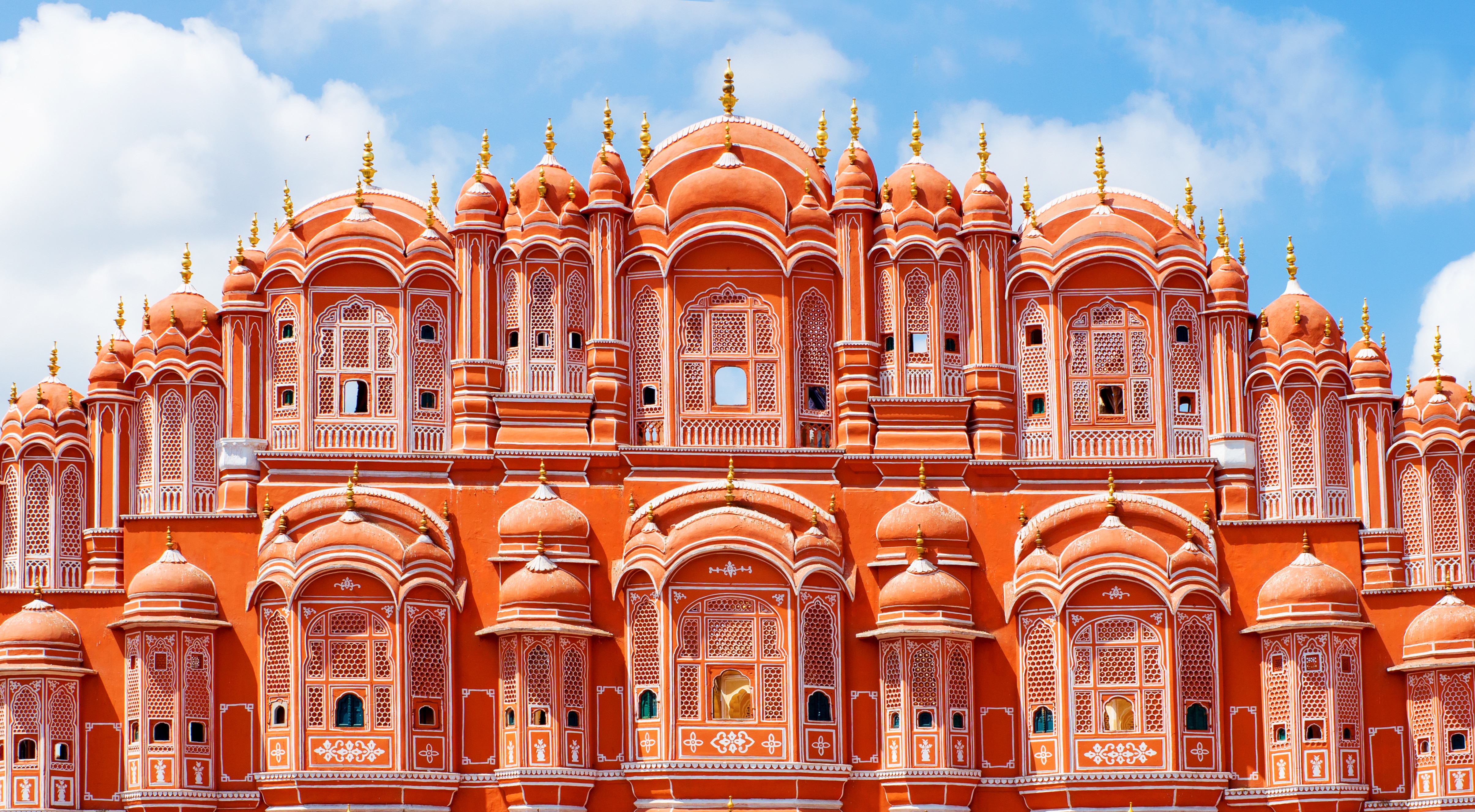India's Greatness - A Look At Its Vastness And Waters
Have you ever stopped to think about how truly vast and full of life a country can be? India, for example, presents such a picture, a place that holds a special spot in South Asia. It's a land that stretches out quite a bit, making up a significant portion of that whole southern part of the continent. You see, it's a constitutional republic, which basically means it runs on a set of rules everyone agrees to, and it represents a huge mix of people.
This nation is home to a population that truly shows off how diverse a place can be, with thousands of different groups of people living side by side. It's a country that, you know, has been around for a very long time, and it holds some of the oldest and grandest civilizations the world has ever seen. The way its culture is put together is quite special, showing off a huge variety of traditions and a really deep cultural past.
And when we talk about its size, well, it's pretty impressive. This country covers a lot of ground, and its population figures are quite something to consider. It’s a place that keeps growing, and its connection to the surrounding seas and other water bodies plays a rather big part in what it is today. So, in some respects, thinking about India means thinking about its people, its land, and its connection to the great waters that give it its shape.
Table of Contents
- The Heart of a Nation - India's Political Shape
- A Land of Many People - India's Population Story
- India's Place in the World - Geography and Surroundings
- A Long, Rich Story - India's Heritage and Its Divisions
The Heart of a Nation - India's Political Shape
India, as a nation, has been set up as a federal republic since the year 1950. This means, basically, that it's a country where power is shared between a central government and individual parts, like states. It's not just one big, single unit calling all the shots. This particular arrangement allows for a lot of different voices to be heard, which is, you know, quite important for a place with so many different kinds of people living in it. The way it's governed is through a democratic parliamentary system. This sort of system means that the people get to choose their representatives, and these chosen people then work together in a parliament to make choices for the country. It's a way of running things that puts the power, more or less, in the hands of the general public through their elected voice.
Since its start as a republic, India has kept this system going, making sure that its governance reflects the will of its many citizens. This choice to be a republic with a democratic parliament shows a deep commitment to giving its people a say in how their country is run. It’s a foundational piece of what India is, shaping how decisions are made and how the country grows. You could say it’s a very important part of its identity, actually, a commitment to a particular way of life and government that has been in place for many decades now.
How does India's governance touch its surrounding India waters?
Thinking about how a country is run, you might wonder how that connects to its physical surroundings, like its water bodies. For India, a country with a long coastline, its system of government, you know, plays a part in how things are managed in areas near the sea. The decisions made in a democratic parliamentary system could, for instance, affect rules about shipping or how coastal communities are supported. Since it's a federal republic, there's a sharing of responsibilities, and this could mean that both the central government and the individual states have a say in matters concerning the various India waters. This shared approach, in a way, allows for local needs to be considered while also keeping a national perspective on things like trade or defense related to the vast water spaces that border the country. It’s a balance, really, that helps manage a large and diverse land, including its watery edges.
A Land of Many People - India's Population Story
When you look at India, one of the first things that stands out is just how many people call it home. The country’s population has seen some truly remarkable growth over the years. Back in the day, the population grew from 361 million, which is, you know, a very significant number to start with. Fast forward to more recent times, and India has become a place with an incredible number of people. In 2023, for example, it actually became the most populous country on the whole planet, moving past China. This was a pretty big moment, showing a major shift in global population figures. And if you look at the estimates for 2024, the population is around 1.4 billion people. That's a truly huge number of individuals living and working in one place, creating a truly lively and dynamic society.
It's also worth noting that, according to what the United Nations has estimated, India’s population is expected to keep growing, and it was projected to overtake China’s by 2028 to become the world’s most populous country. This shows a consistent trend of population growth. India is, without a doubt, a country with a truly diverse population. This means you find all sorts of people there, with different backgrounds, languages, and ways of life. This mix of people is, basically, one of the defining features of the nation, adding so much to its character and how it functions as a society. It is, more or less, a place where many different stories come together.
What does the population shift mean for India waters?
The changing numbers of people in India, especially its growth to become the most populous country, naturally bring up questions about resources and space. When you have so many people, the way land and resources are used becomes, you know, a very important topic. This includes how people interact with the surrounding India waters. A larger population could mean more people living near the coast, or more reliance on the seas for things like trade or even just, in a way, for leisure. The sheer number of people could influence how these water bodies are used and managed, whether it's for shipping goods or for providing livelihoods. So, the population story of India is, in fact, quite connected to how its extensive water boundaries are experienced and utilized by its many inhabitants. It’s a dynamic relationship, really, between the people and the seas that border their home.
India's Place in the World - Geography and Surroundings
India is a country that really stands out on the map, taking up a big piece of South Asia. It's located, quite simply, in the southern part of the continent. When you look at its total land area, it covers about 3,287,263 square kilometers. This makes it the seventh largest country in the world when you consider its size. So, it's a pretty big place, clearly, with a lot of different kinds of land within its borders. Its geography is quite varied, ranging from high mountains to flat plains and, of course, long coastlines. This variety in its land features is a significant part of what makes India what it is, influencing everything from climate to the kinds of plants and animals that thrive there.
One of the key things about India's shape is that it's a peninsular country. This means it has water on three of its sides, kind of like a big arm reaching out into the ocean. To its south, you'll find the vast Indian Ocean. Then, to the southwest, there's the Arabian Sea, and looking towards the southeast, you'll see the Bay of Bengal. Up north, instead of water, you have the towering Himalayas, which form a natural boundary. This unique geographical setup, with both huge mountain ranges and vast stretches of ocean, gives India a really distinct shape and plays a big part in its overall environment. It's a country with a very diverse mix of land features, and its position on the globe is quite striking.
The unique shape of India and its India waters
The fact that India is shaped like a peninsula, with water on three sides, is a really important part of its identity and its connection to the world. The Indian Ocean to the south, the Arabian Sea in the southwest, and the Bay of Bengal in the southeast are all significant bodies of water that touch India's shores. These India waters, you know, have played a very important role throughout history, influencing trade, travel, and even the weather patterns that affect the country. They provide a natural border on much of its perimeter, setting it apart geographically. This close relationship with the sea means that many aspects of life in India, particularly in coastal areas, are shaped by the rhythms of the ocean. It's a very clear example of how a country's physical features, especially its surrounding waters, are deeply tied to its overall character and its place on the global stage.
A Long, Rich Story - India's Heritage and Its Divisions
India is truly one of the oldest civilizations in the world, with a history that stretches back for thousands of years. This long past has given it a really rich cultural heritage and a truly varied way of life. When you think about its culture, it’s like looking through a kaleidoscope – full of many different patterns and colors, all coming together to make something beautiful and unique. This deep history means that traditions, stories, and ways of doing things have been passed down through countless generations, making India a place with a very strong sense of its past. It’s a country that holds onto its roots, while also, you know, constantly moving forward. This blend of old and new is a defining feature of its identity, shaping everything from its art to its daily customs. It’s a place where history feels, in a way, alive and present.
Adding to its complexity and diversity, India is also divided into different administrative units. The country is split into 29 states and seven union territories. These divisions are, basically, how the country manages its vast land and its huge population. Each state and union territory has its own distinct characteristics, often reflecting the local cultures, languages, and geographical features within its boundaries. This structure helps in governing such a large and diverse nation, allowing for a more localized approach to various issues while still operating under the larger framework of the federal republic. It’s a way of organizing things that helps ensure that the needs of different regions are addressed, while still keeping the country together as one unified whole.
Why is India's culture reflected in its India waters?
Considering India's long history and rich culture, it’s interesting to think about how these aspects might be seen in its surrounding India waters. For a country that has been around for so many centuries, its interaction with the seas has, in fact, been a part of its story for a very long time. Think about ancient trade routes that crossed the Indian Ocean, or the coastal communities that have developed their own unique ways of life, shaped by their closeness to the Arabian Sea or the Bay of Bengal. The traditions of these areas, their food, their festivals, and even their stories, often have a connection to the sea. So, in a way, the culture of India, with its deep roots and varied expressions, is truly reflected in the practices and histories of the people who live along its extensive watery edges. It’s a subtle but very real connection, you know, between the land’s heritage and the seas that border it.
How do administrative divisions connect with India waters?
The way India is divided into different states and union territories has a direct connection to how its India waters are managed and used. Because some of these states and territories are located along the coast, they have their own specific responsibilities and interests concerning the surrounding seas. For example, a coastal state would have particular concerns about its fishing communities, port activities, or even, in a way, environmental protection for its part of the Arabian Sea or the Bay of Bengal. The central government sets overall policies, but the individual administrative divisions often implement these policies and manage the day-to-day interactions with their specific stretches of the India waters. This layered approach helps ensure that the vastness of India, including its long coastline, is governed effectively, allowing for both national oversight and local attention to the particular needs of different regions that meet the sea.

Top 5 Historical Places in India | Must visit Monuments of India

10 ciudades principales en la India para visitar | Viajar365

21 of the Most Beautiful Places in India | Travel Insider